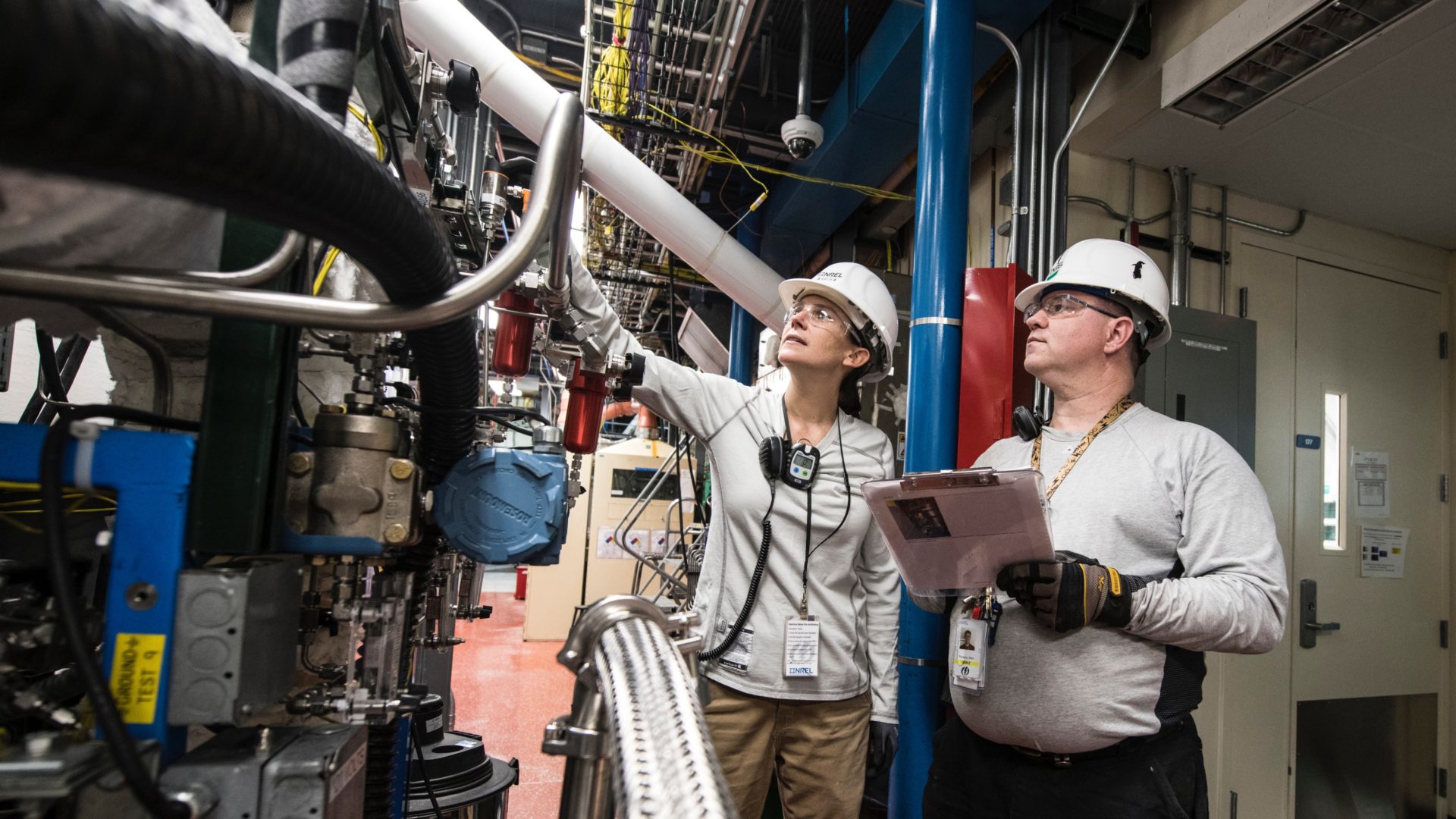Galileo satellites to be tested for space readiness at ESTEC

As for almost all Galileo satellites orbiting around the Earth, the new Galileo’s “Batch 3” satellites will be sent by OHB from Germany to the Netherlands to ESTEC (European Space Research and Technology Centre) to be tested for space readiness before being launched from French Guiana.
ESTEC provides a suite of facilities to perform all sorts of tests needed to verify whether a satellite could withstand all the different conditions it will face during its operational life, ranging from severe vibrations at the launch to vacuum and extreme temperatures variations in space.
To be certified as “ready for space”, the first step for each Galileo satellite is to spend two weeks in a 4.5-metre diameter vacuum chamber in which temperature is controlled to simulate the space environment. The Walls of the Phenix chamber, as it is called, will be heated to mimic the Sun’s radiation or cooled with liquid nitrogen to simulate the absence of it.
In addition to the temperature testing, the electromagnetic compatibility of the satellite’s systems is to be checked in an electromagnetically isolated chamber, with the resistance to severe vibrations being proven in a 16-metre high acoustic chamber producing 140 dB of noise using four nitrogen gas fed horns.
Once solar arrays are fitted, it is time to precisely determine the centre of gravity and the centre of mass of the satellite. The more these parameters are precisely known, the more efficient thrusters manoeuvring will be. Having an efficient use of thrusters means less propellent to be burnt during satellite propulsion operations and so a longer life for the satellite itself.
As of June 2021, two satellites are stored and ready to be shipped, two satellites are now under testing, and one additional satellite is due to arrive at ESTEC this month.